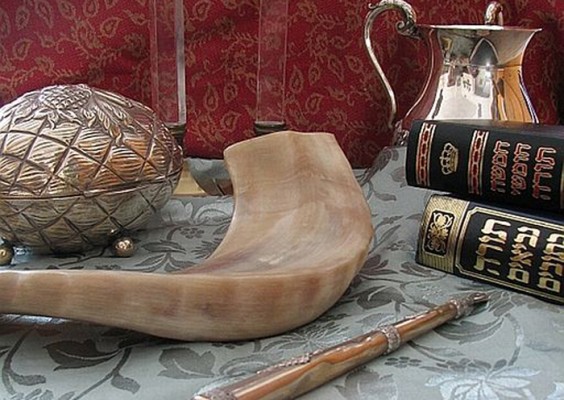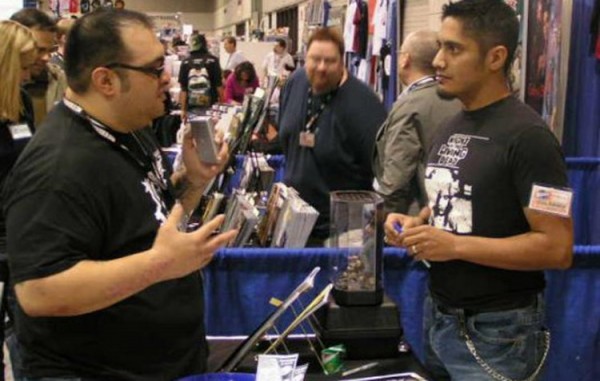Rabbi helps Hispanics connect with secret Jewish roots
|
ELPASO – Two days after Rabbi Stephen Leon moved to El Paso from New Jersey in 1986, he received an urgent phone call from a Roman Catholic man wanting to speak with him about a family mystery. “He told me that his entire family were religious Catholics living in Juarez, but he remembers ever since he was a little boy, 3 or 4 years old, his grandmother would take him into a room on Friday night, light two candles, and say a prayer in a language he didn’t understand.” Years after his grandmother died, the man asked a priest what the tradition actually meant. The priest suggested he contact a rabbi. The man told Rabbi Leon about his grandmother’s ritual and was surprised when Leon told him the tradition was of Hebrew origin.


